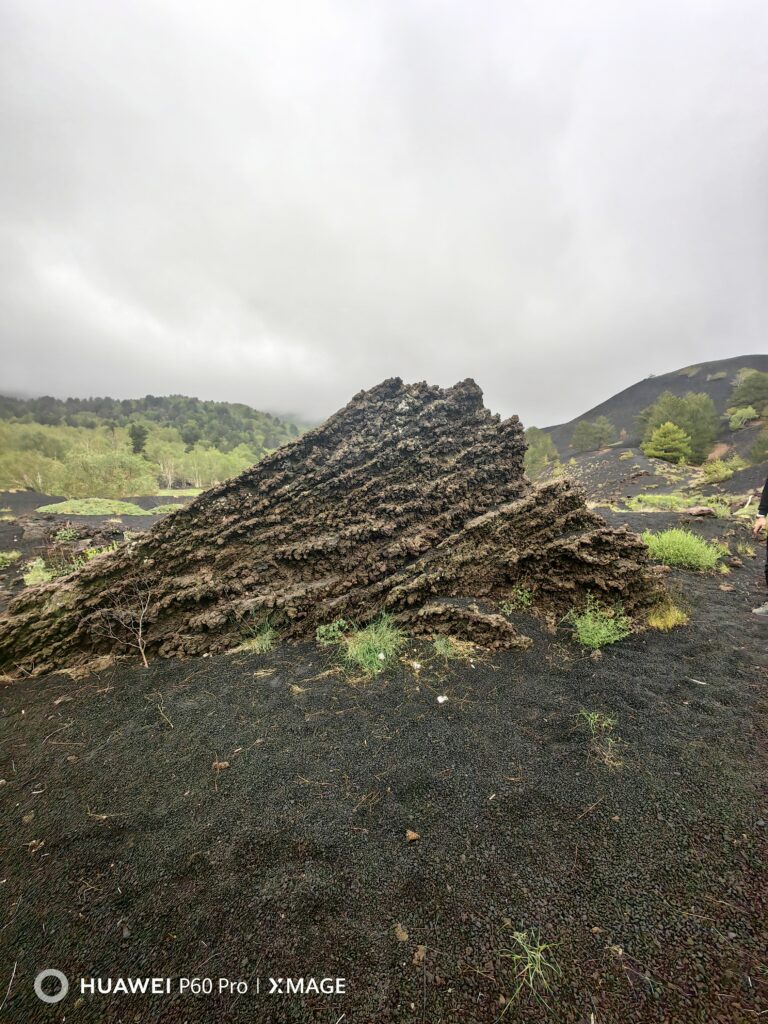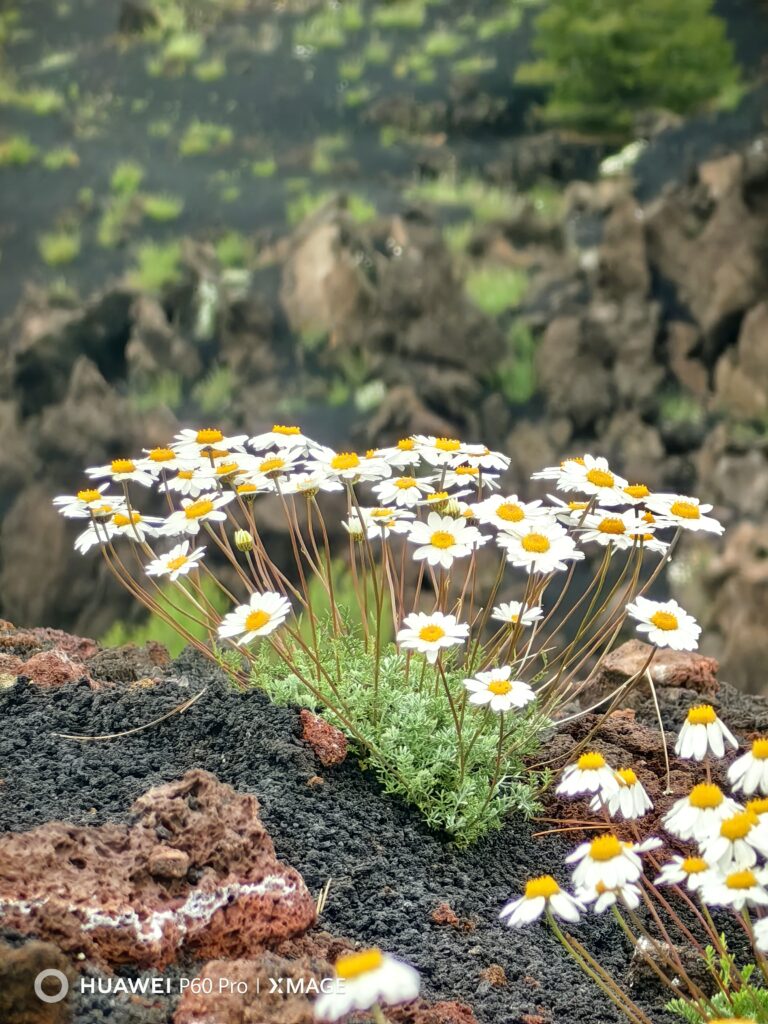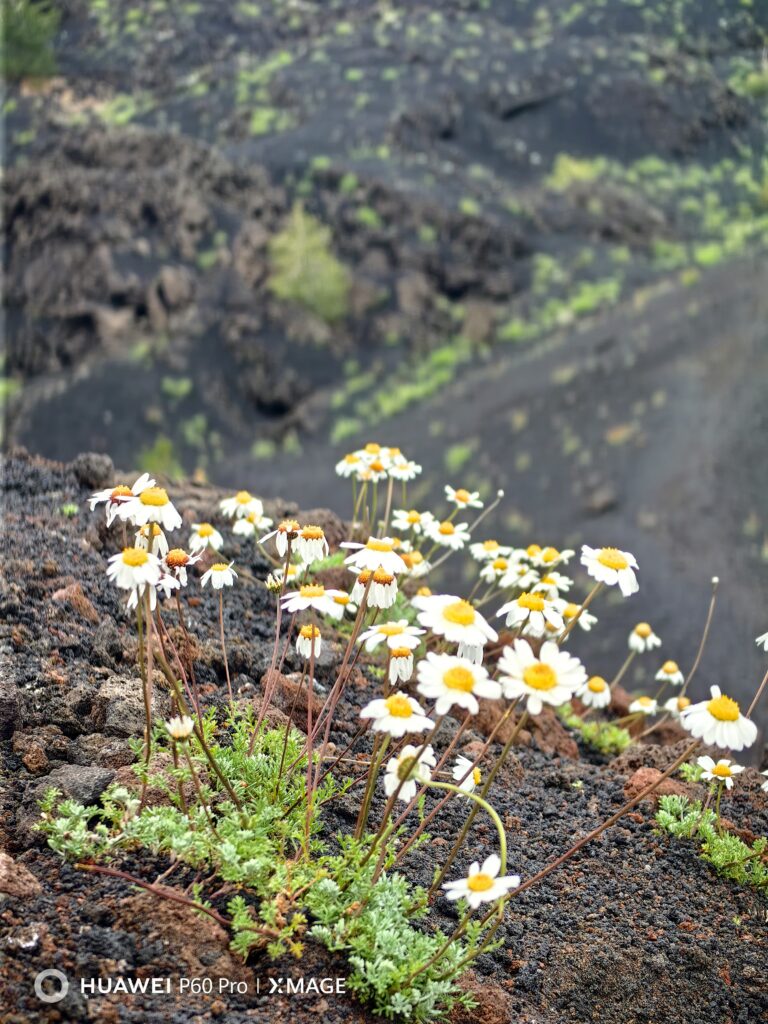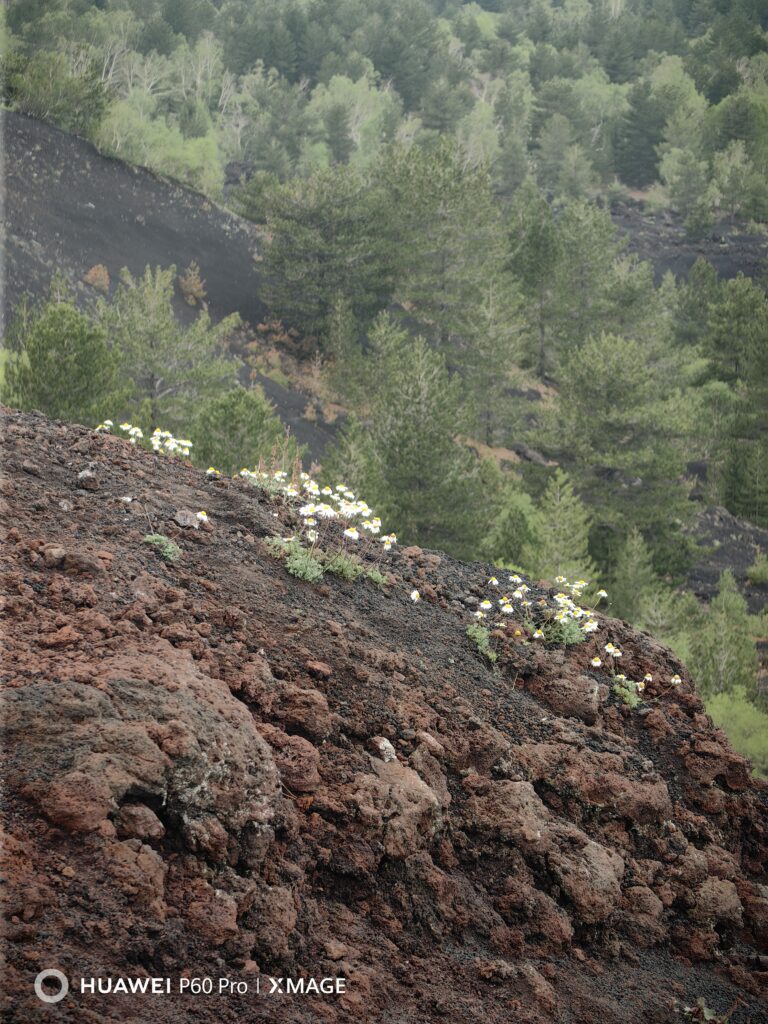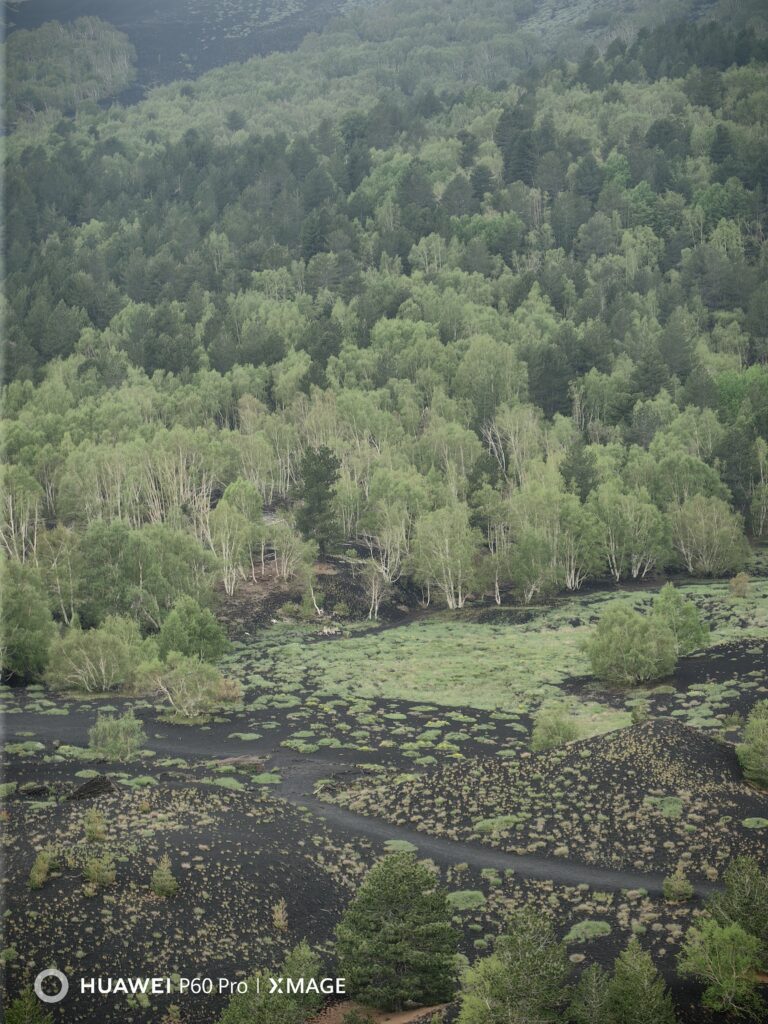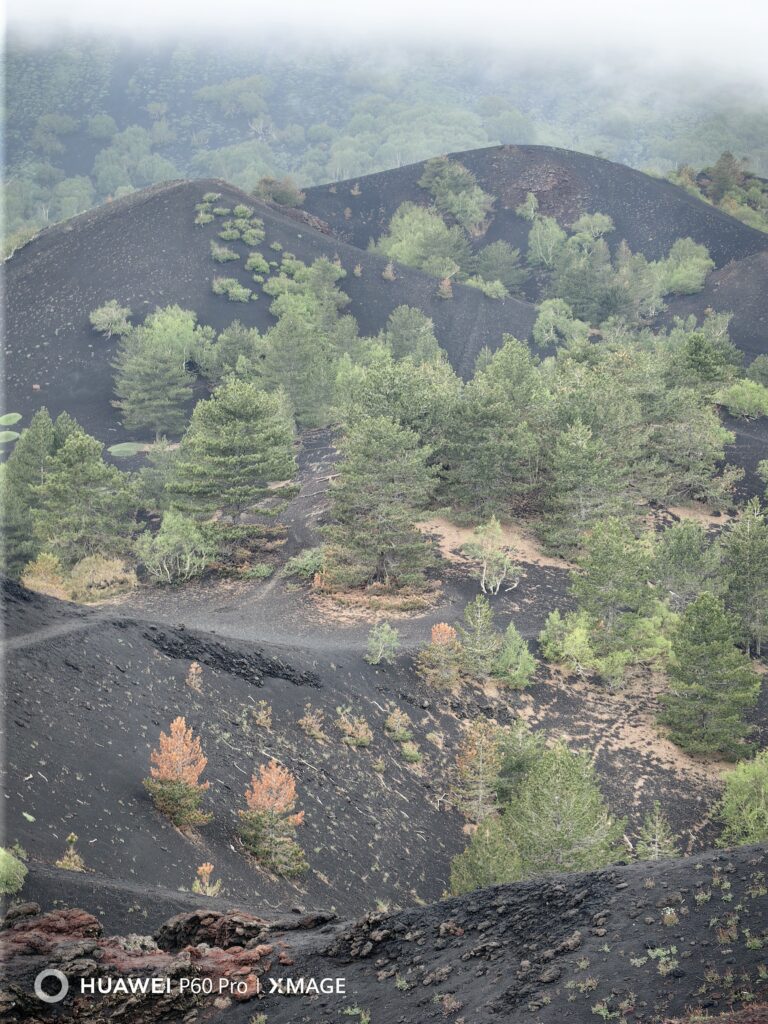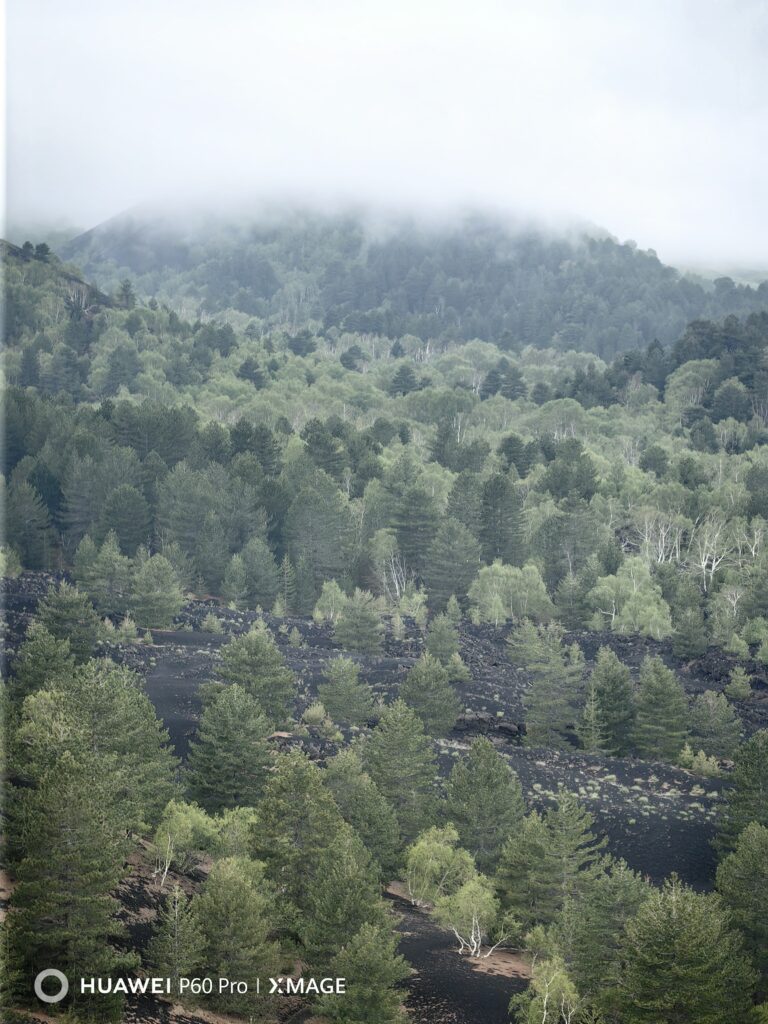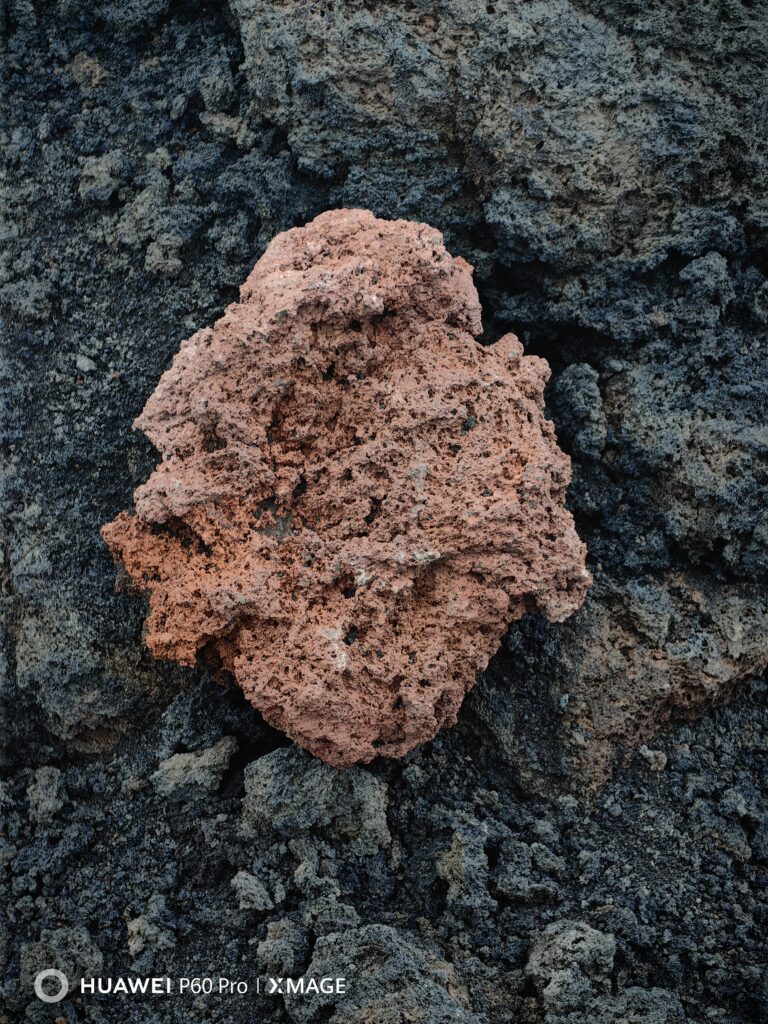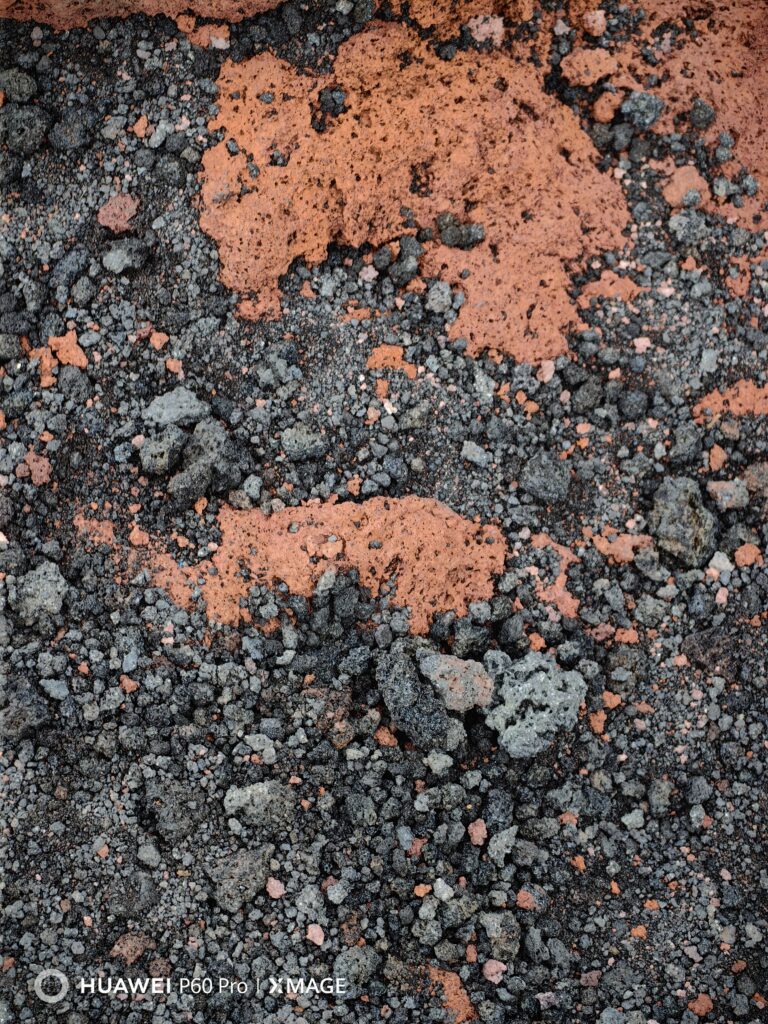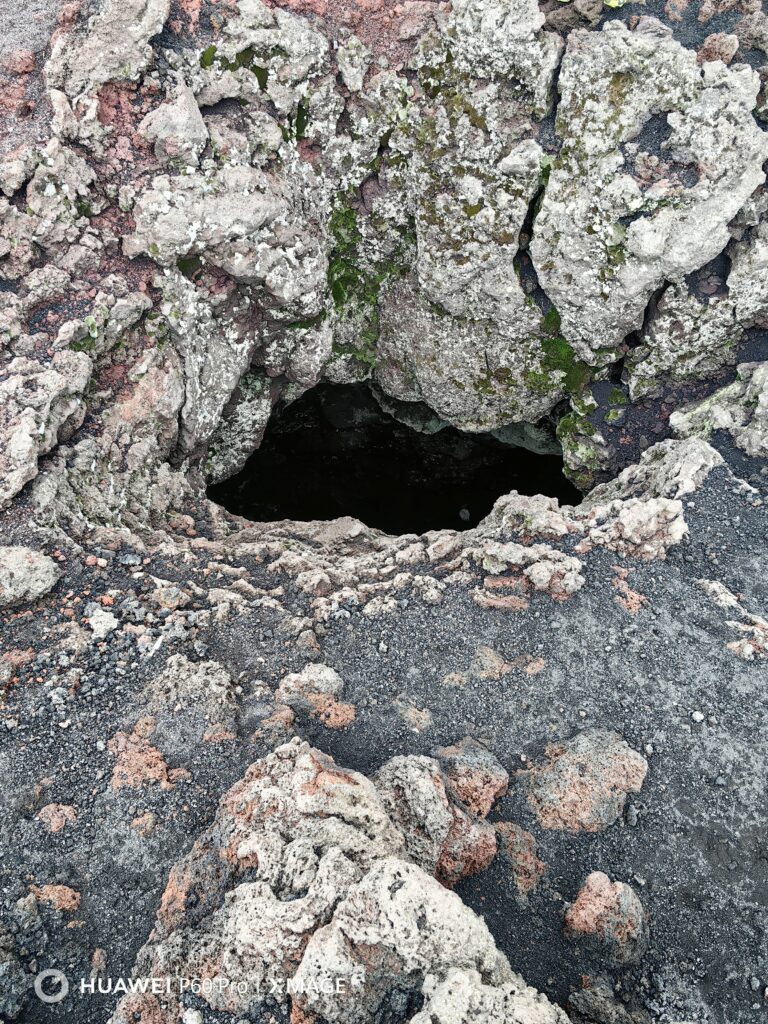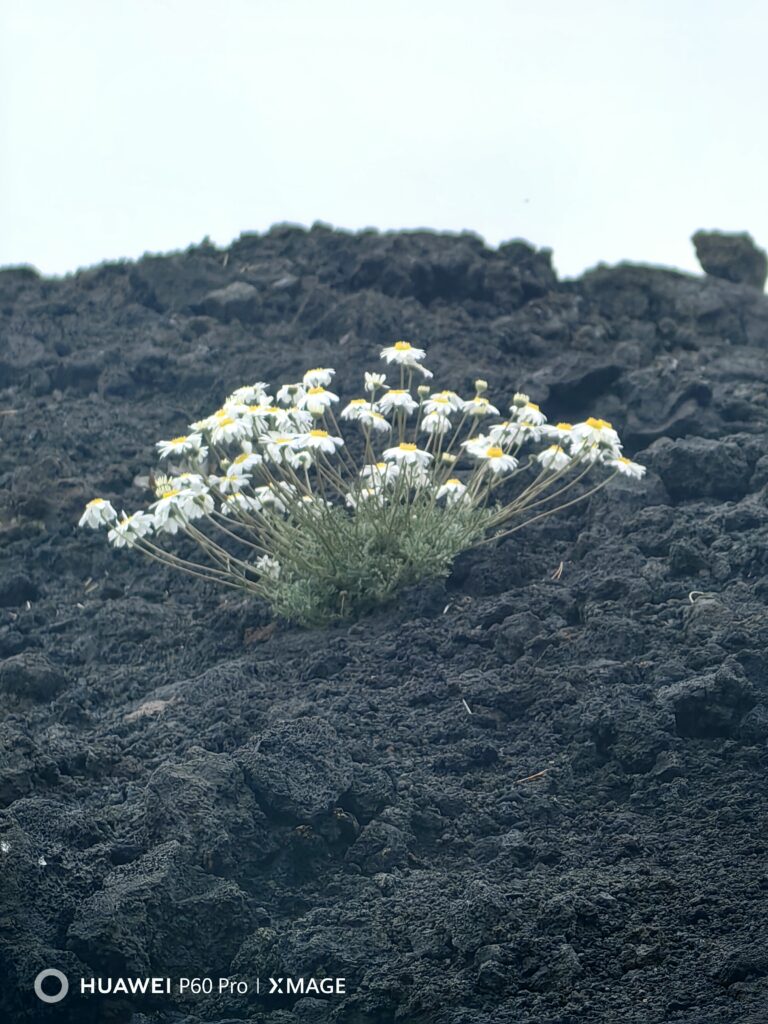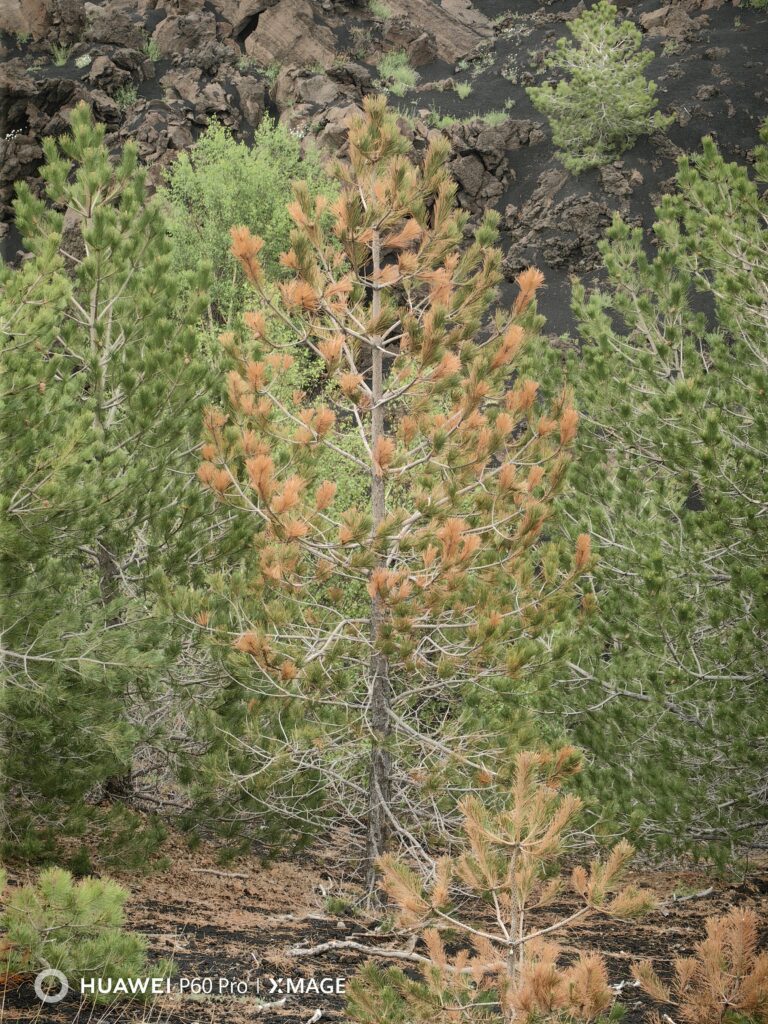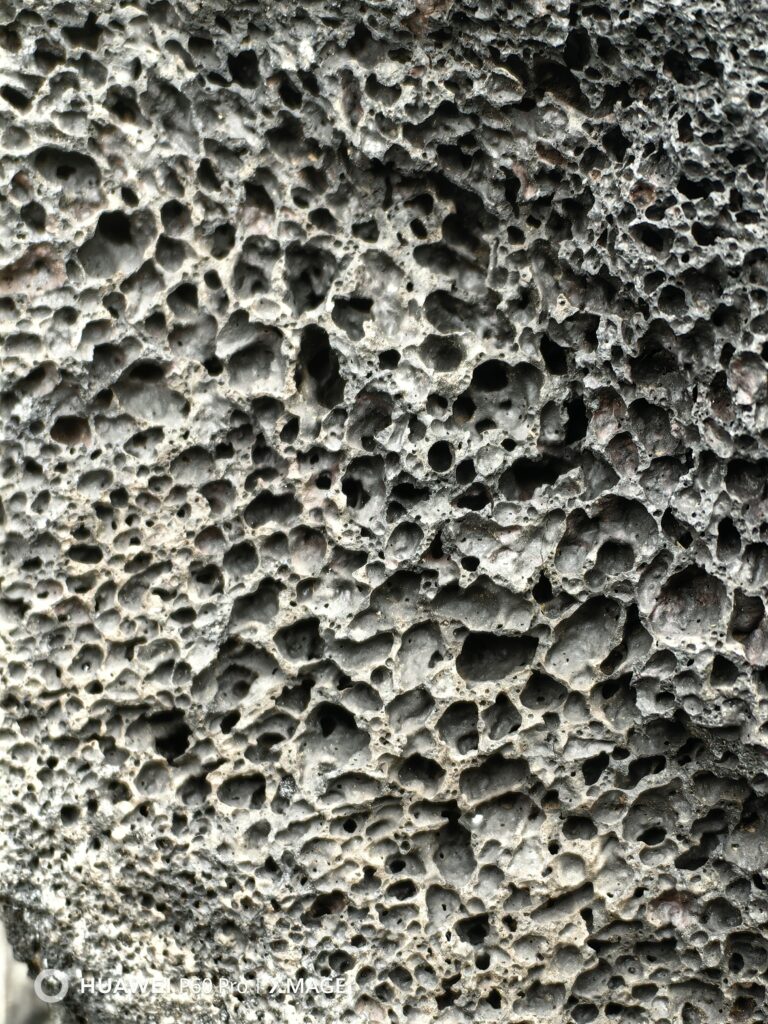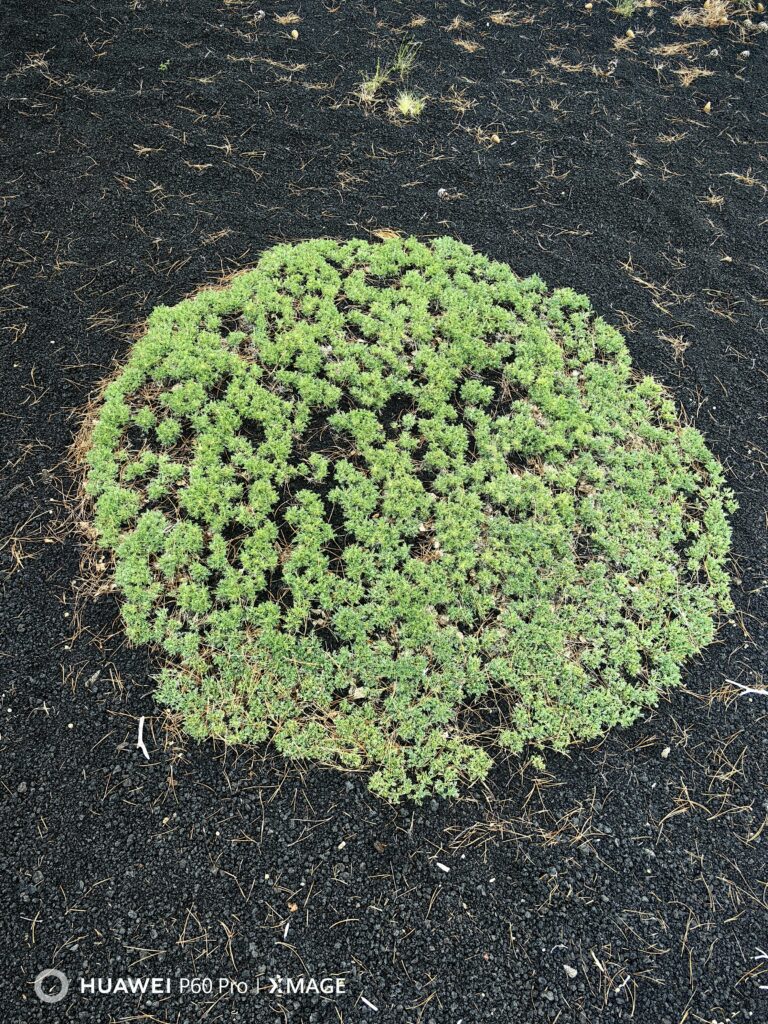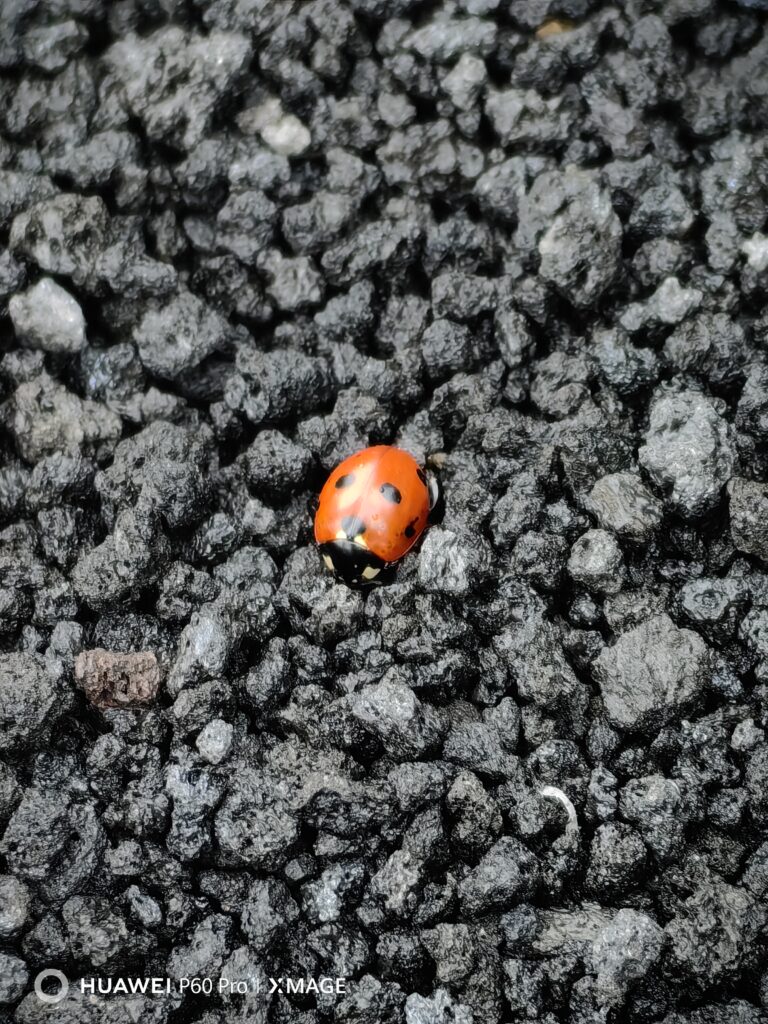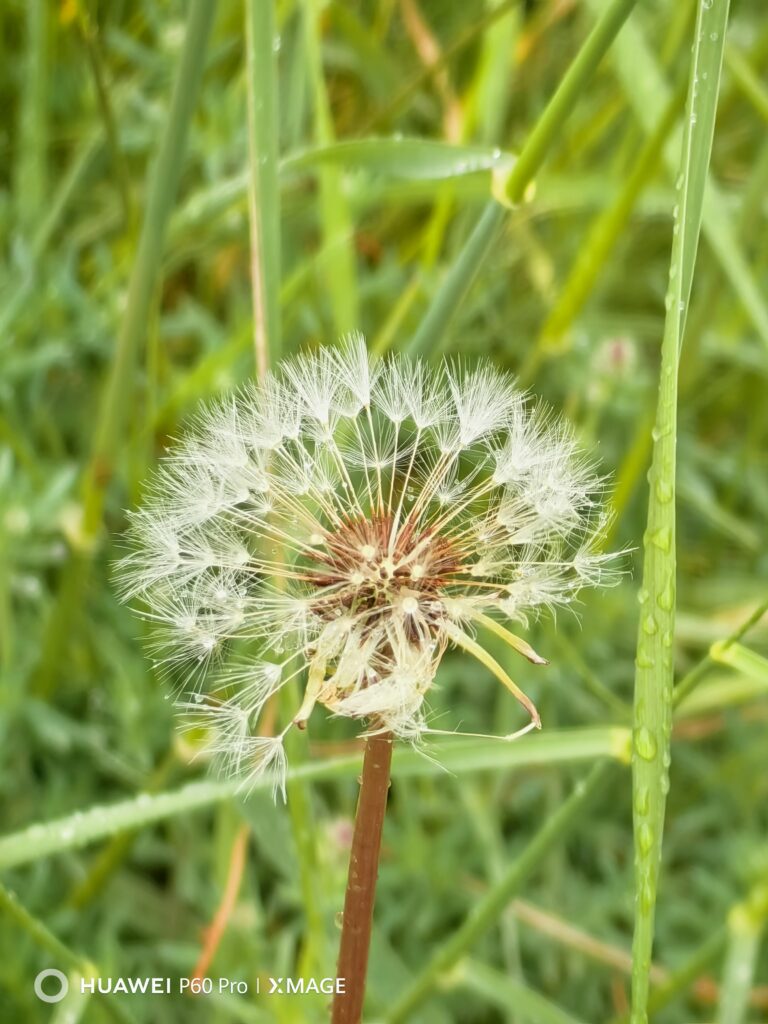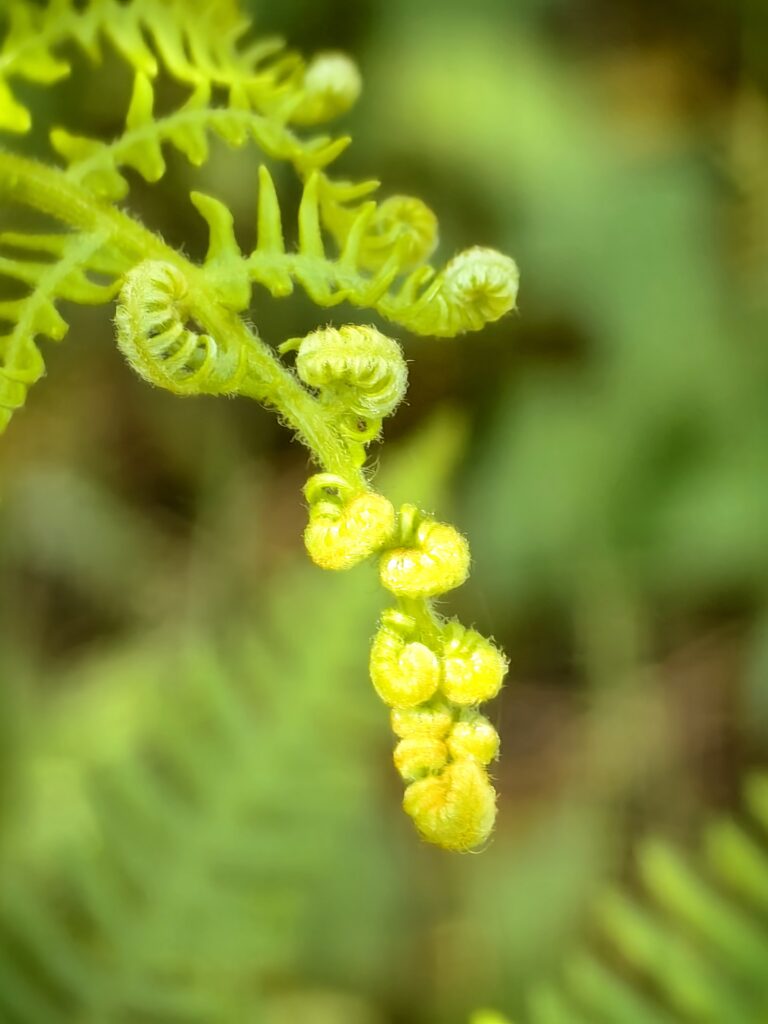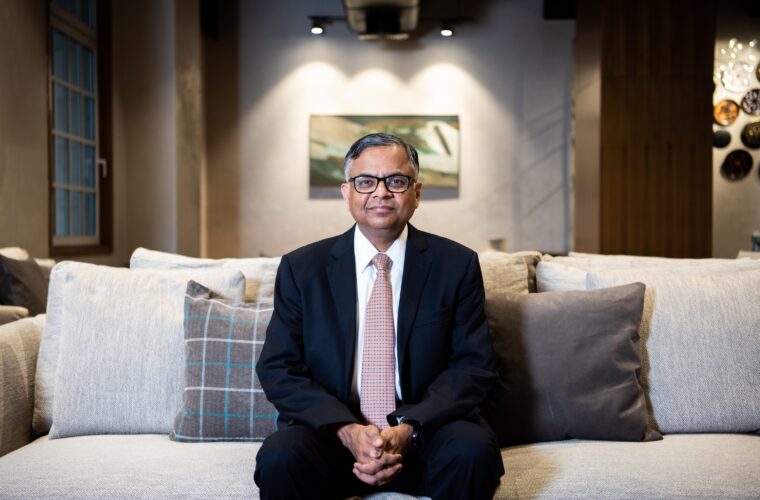Perfect for photos and videos but without Google apps
Huawei P60 Pro: From semi-unknown to the world’s leading smartphone manufacturer, Huawei‘s parabola has been unique in the industry. The Shenzhen company led the way for the other Chinese companies that came to Europe after it, all following the pattern with which Richard Yu conquered international markets: excellent phones offered at affordable prices. A perfect choice to sell millions of units, create volume and make a name for itself with a global audience, which Huawei continued to follow, gradually raising its prices, when with the P series, it began to innovate the smartphone’s photographic compartment. From Night Mode to the periscope camera, the company marked some of the most important milestones in the evolution of the smartphone until the US-imposed ban halted its growth.
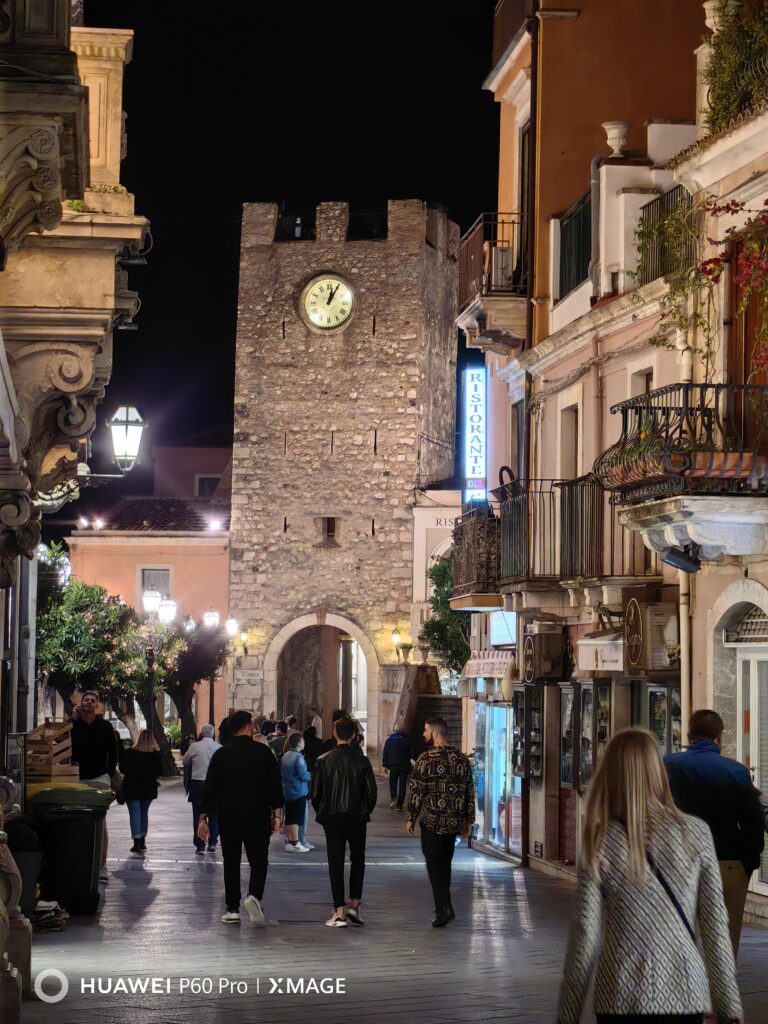
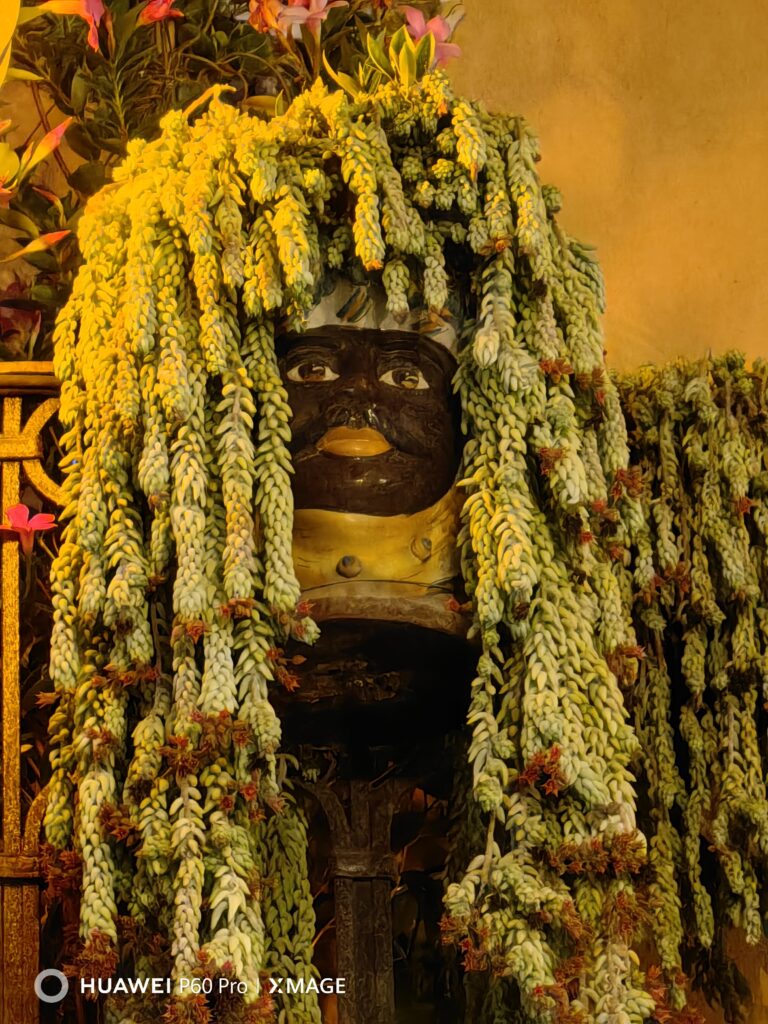
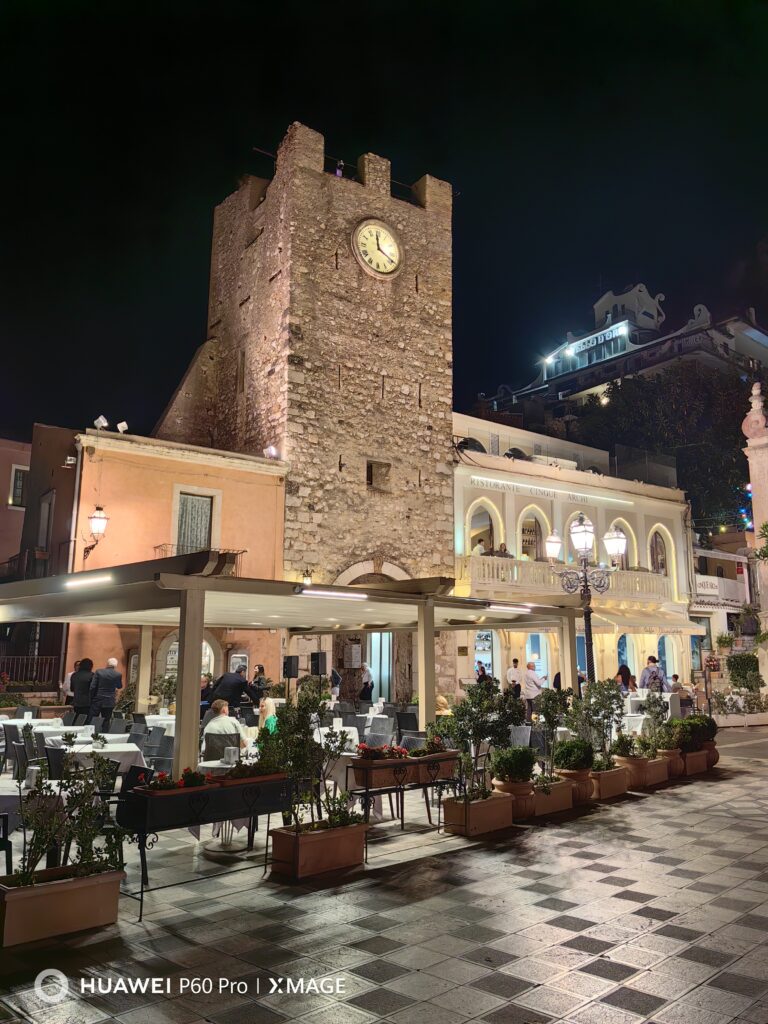
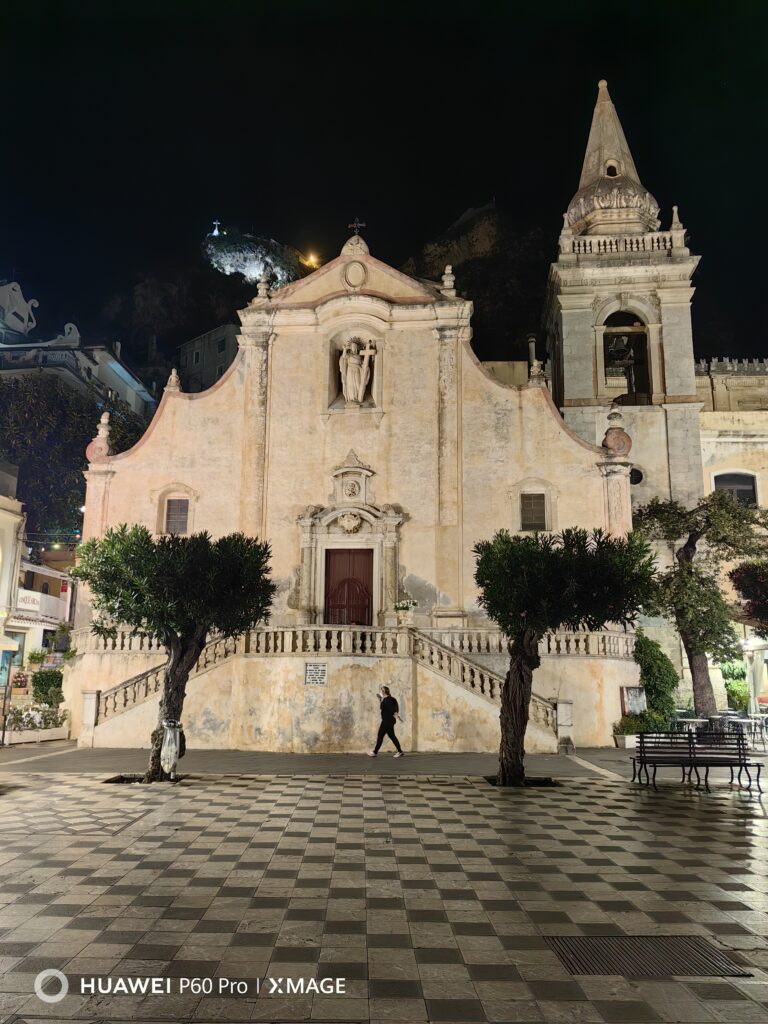
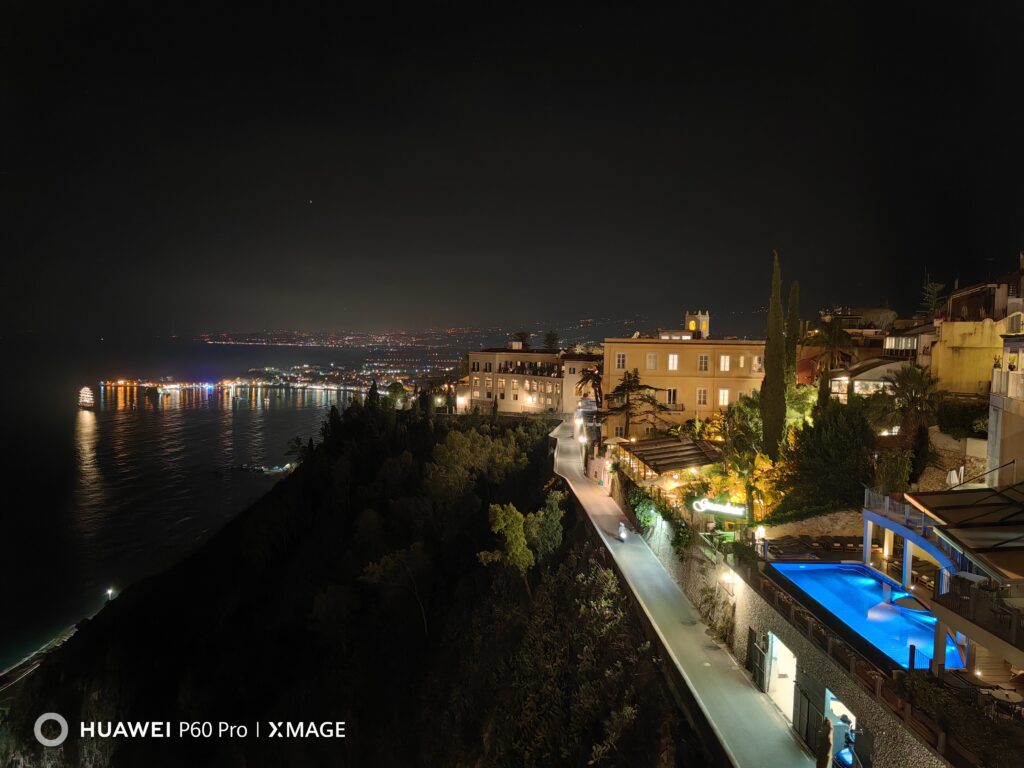
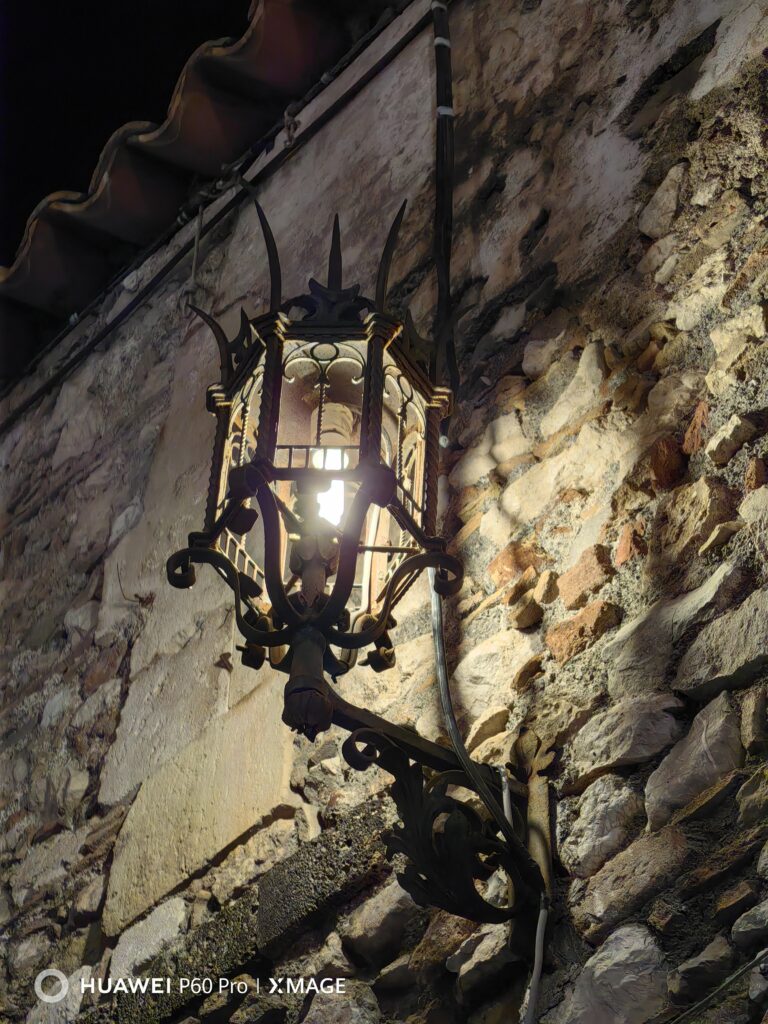
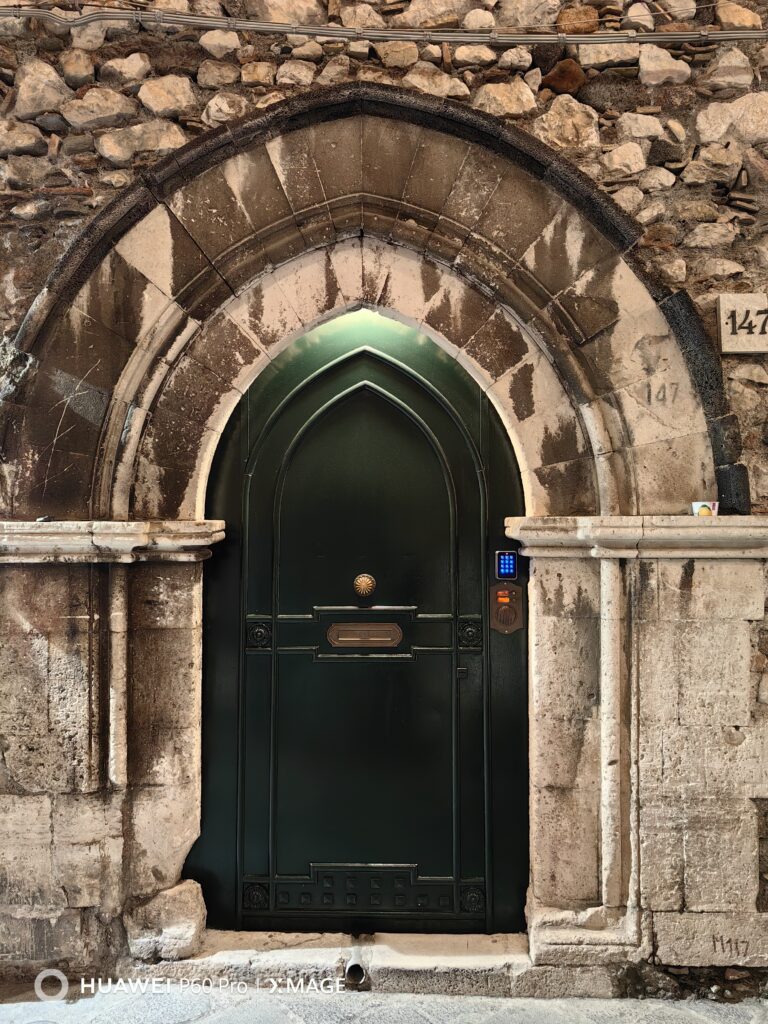
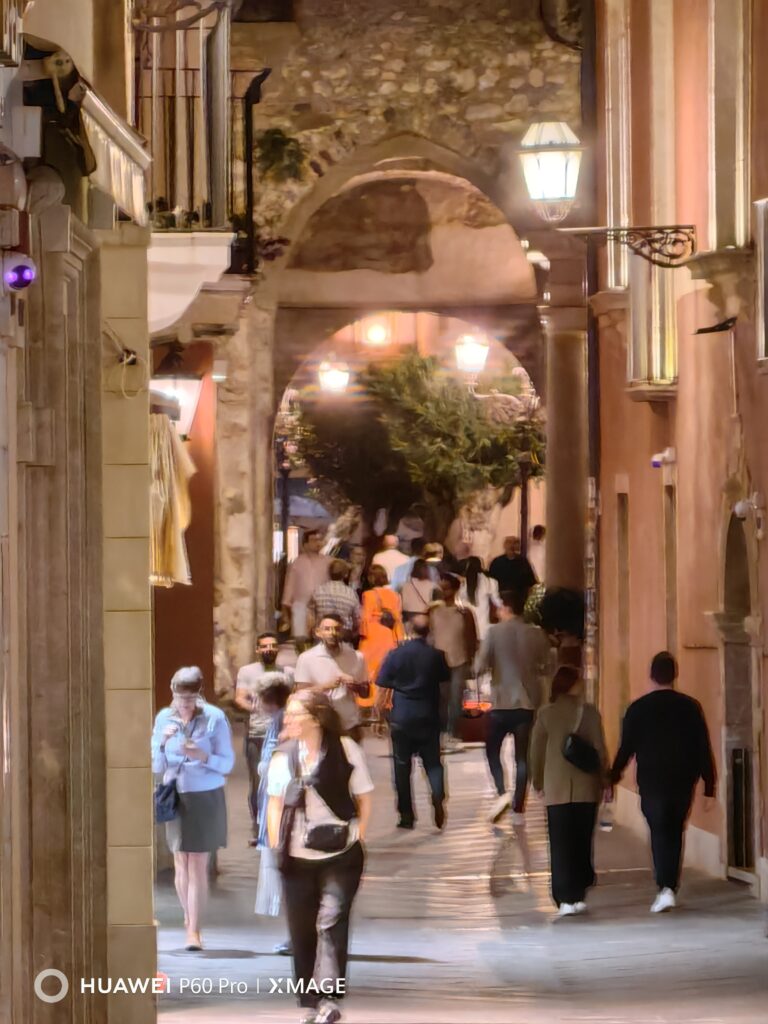
The photo test in Sicily
Four years on and without Google’s apps, Huawei has almost disappeared from the European smartphone market, while in China, it is going strong, being the only one to record big sales with its most expensive models. On the other hand, the company has not lost its magic touch, and the proof is the P60 Pro, the flagship that I had the opportunity to test on a press trip that Huawei organised in Sicily, between the Etna volcano and the night-time wonders of Taormina.
Different from the masses at first glance for its Rococo Pearl colouring, with a pearl texture on the back composed of natural mineral dust that differentiates and thus makes each piece unique, the smartphone is devoted to photography as demonstrated by two features that cannot be found elsewhere. The first is the Ultra Lighting main camera with an automatically adjustable physical aperture of f1.4-f4.0, allowing more light to be captured and details to emerge sharply in dark and dimly lit environments.
The second is the telephoto lens with f/2.1 aperture, the largest for a periscope camera on a smartphone. In the field, these improvements translate into ease of shooting and the possibility of securing high-level images while unaware of a technical photographic consciousness. Just focus and shoot for optimal results.
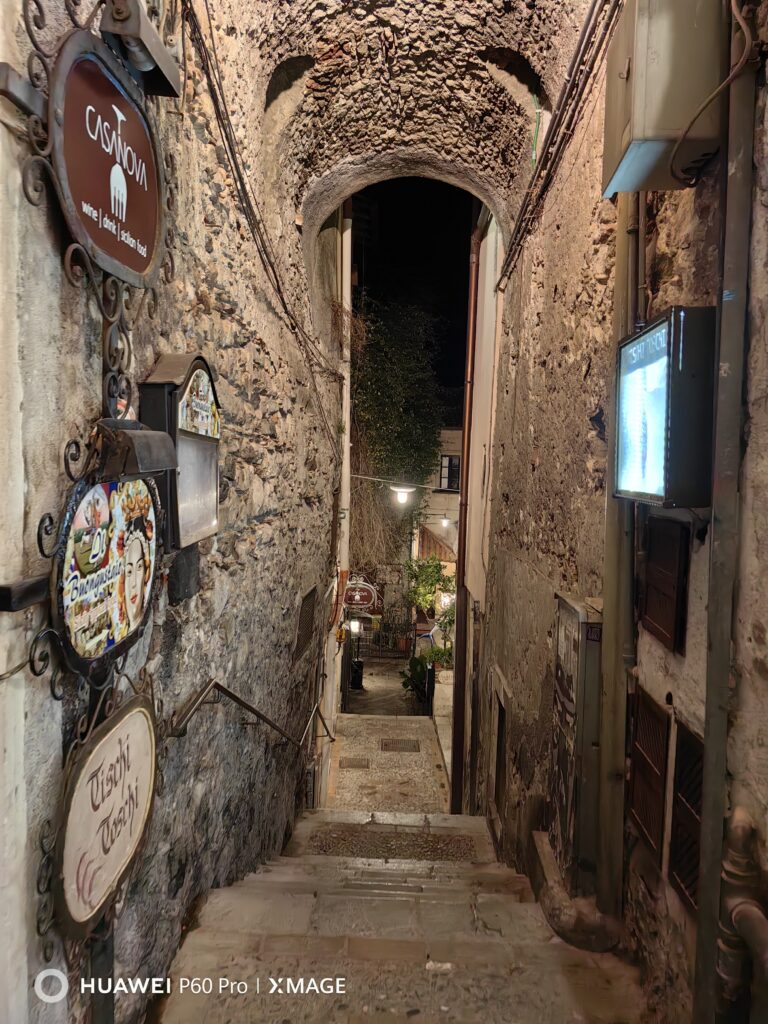
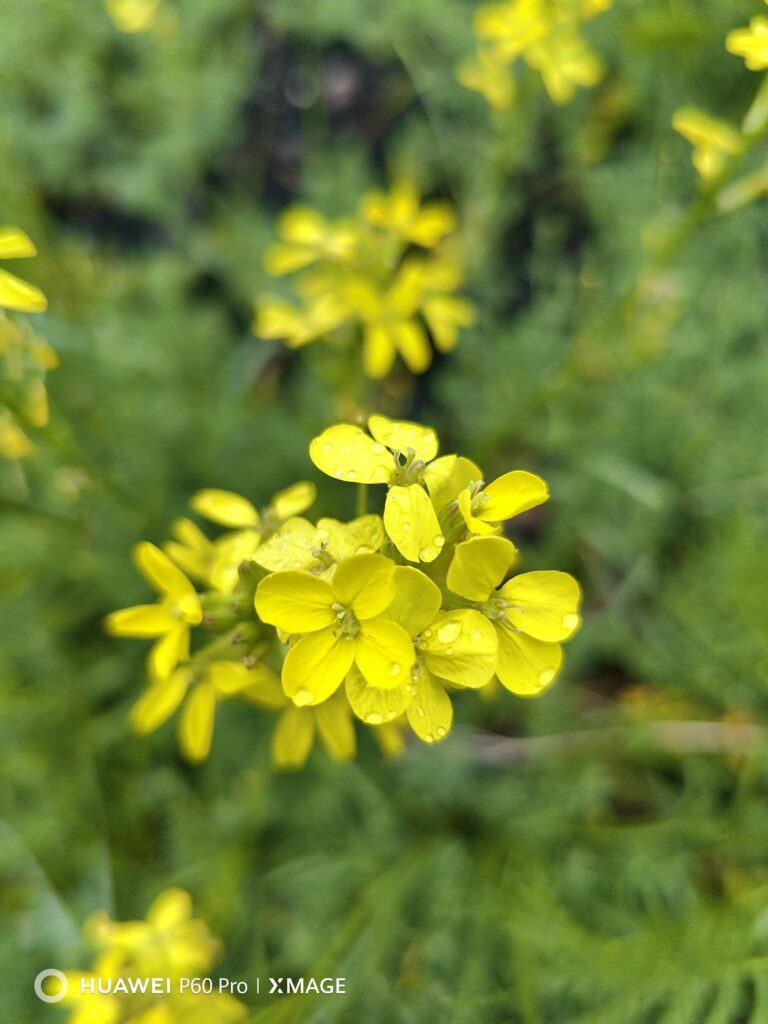
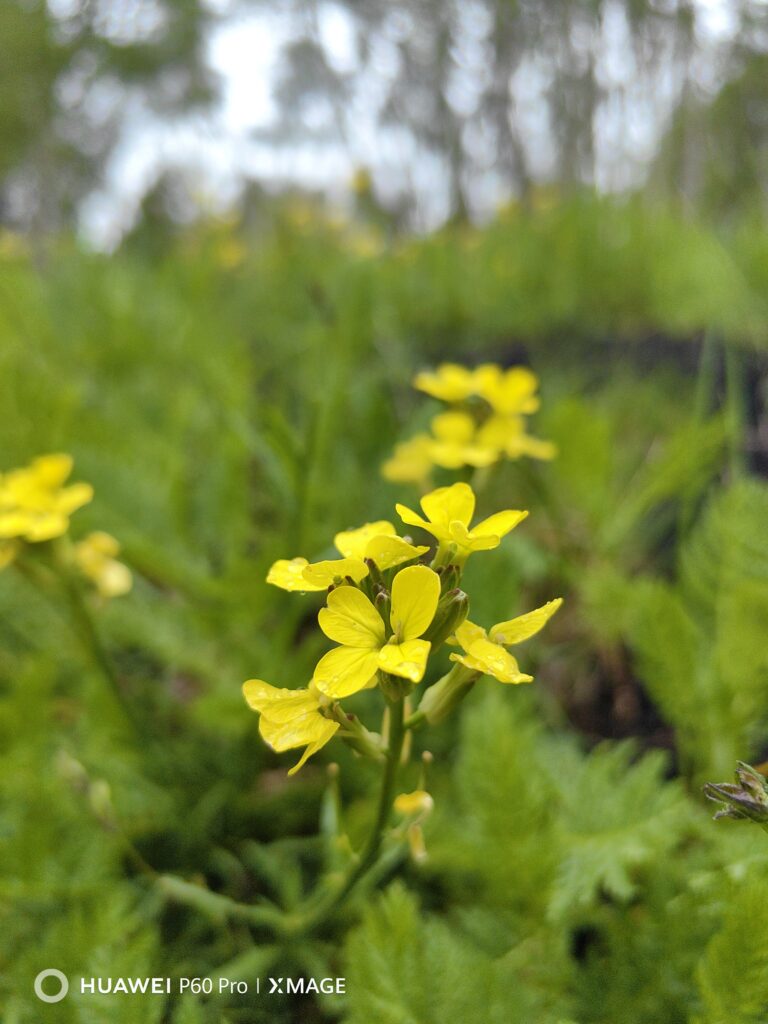




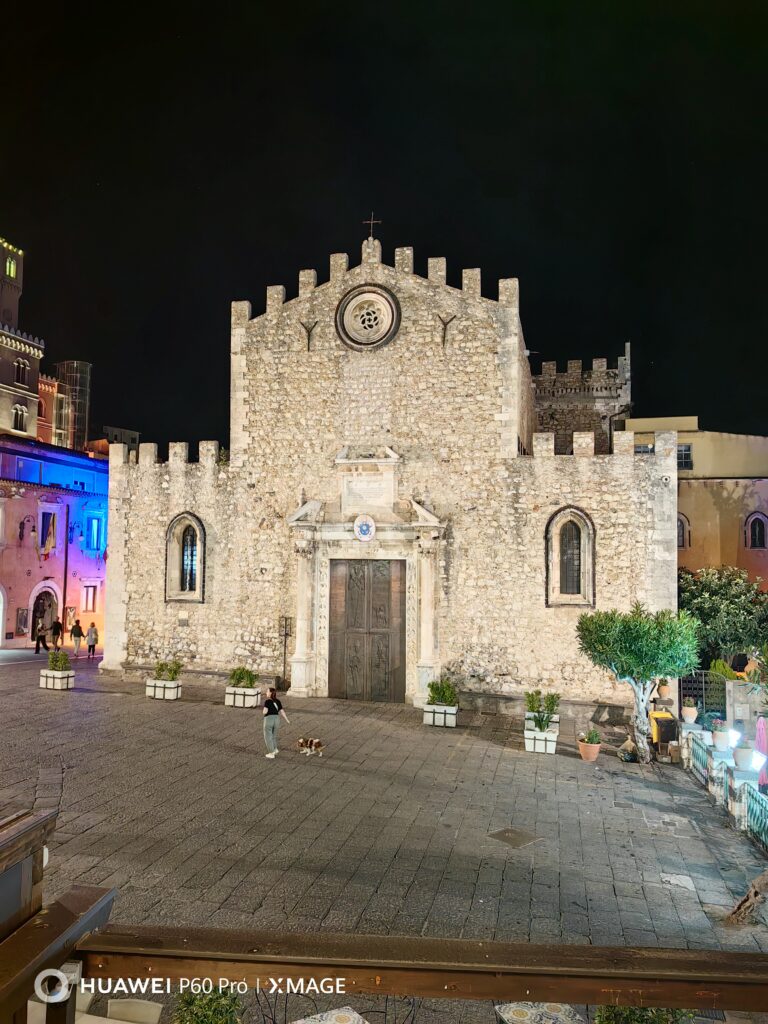

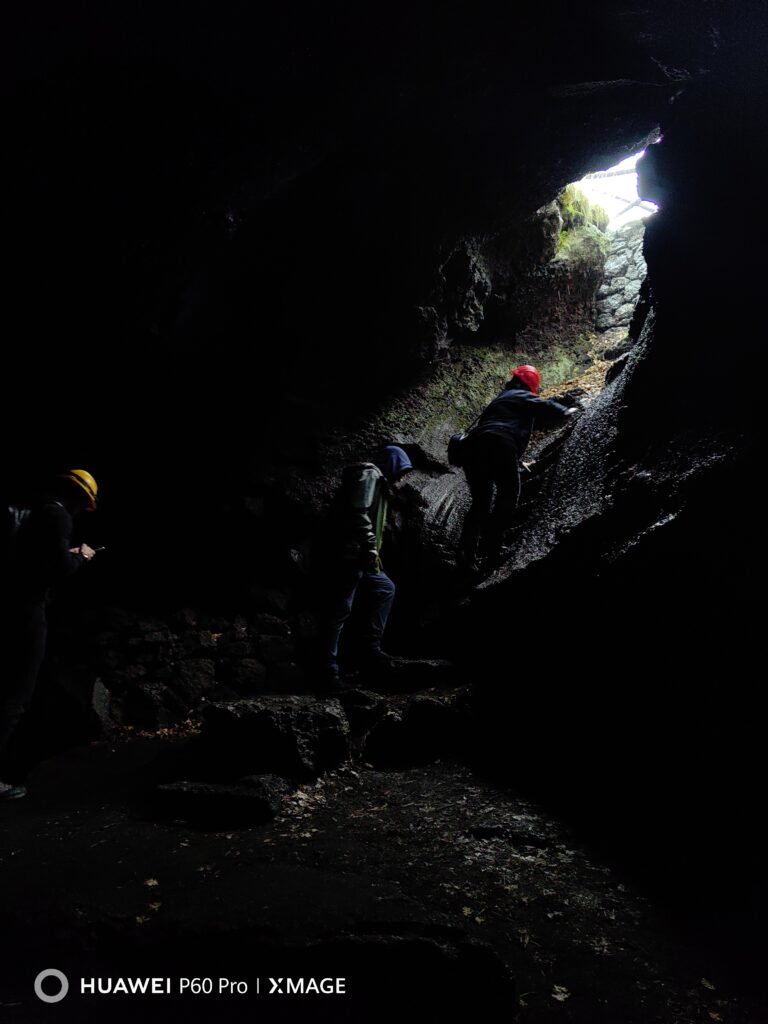
The triumph of details
I had a demonstration of this during an excursion to Mount Etna, Europe’s highest active volcano, when together with professional photographer Emilio Messina, we captured the uniqueness of the area, with Europe’s southernmost birch forest, lava obscuring the ground, craters still open and rocks in multiple shades of red and black depending on the amount of minerals in the subsoil. One of the Huawei P60 Pro’s special features is the Macro mode, which, as you can see from the shots taken, allows you to capture the smallest details of flowers, trees, plants and even tiny insects such as crickets and ladybirds that have found refuge on Etna.
The descent into the Grotta della Neve (Snow Cave), also known as the Grotta dei Ladroni (Thieves’ Cave), where we tested the value of the main camera for taking photos in dark and backlit conditions, was also fascinating. Another change in environment came with the move to Taormina, known as one of the most elegant and popular cities in eastern Sicily, from the Teatro Antico to the terrace of the Belvedere overlooking the town’s bay; the evening allowed us to capture the alleys and architecture of a place popular with foreign tourists in summer.
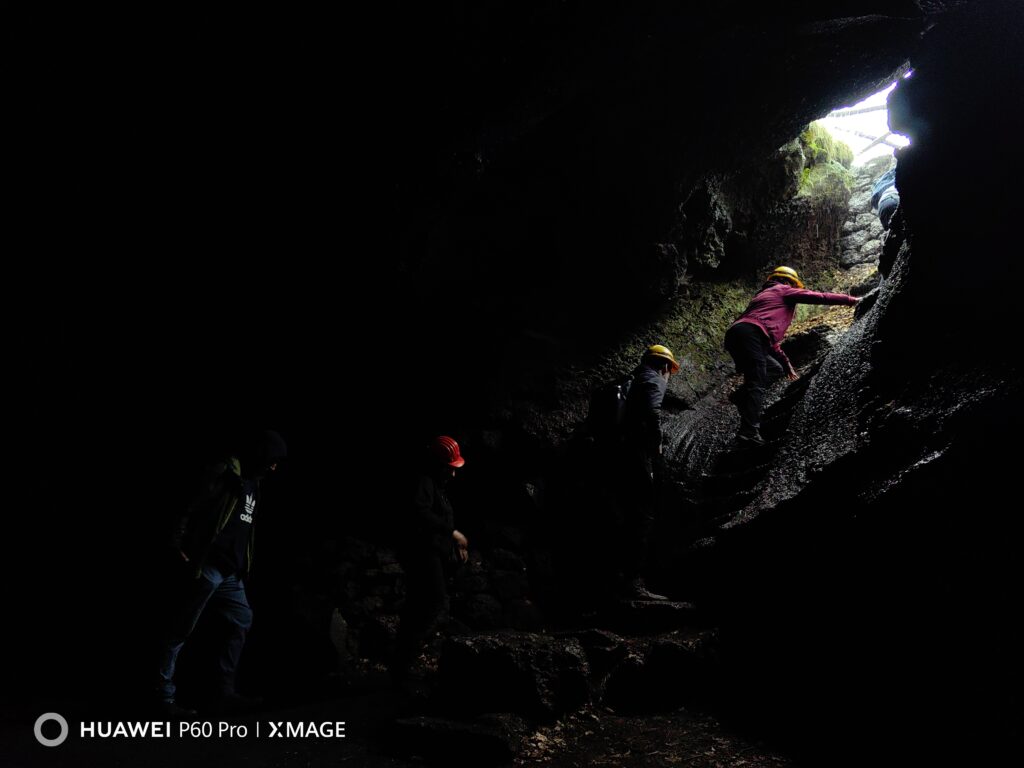
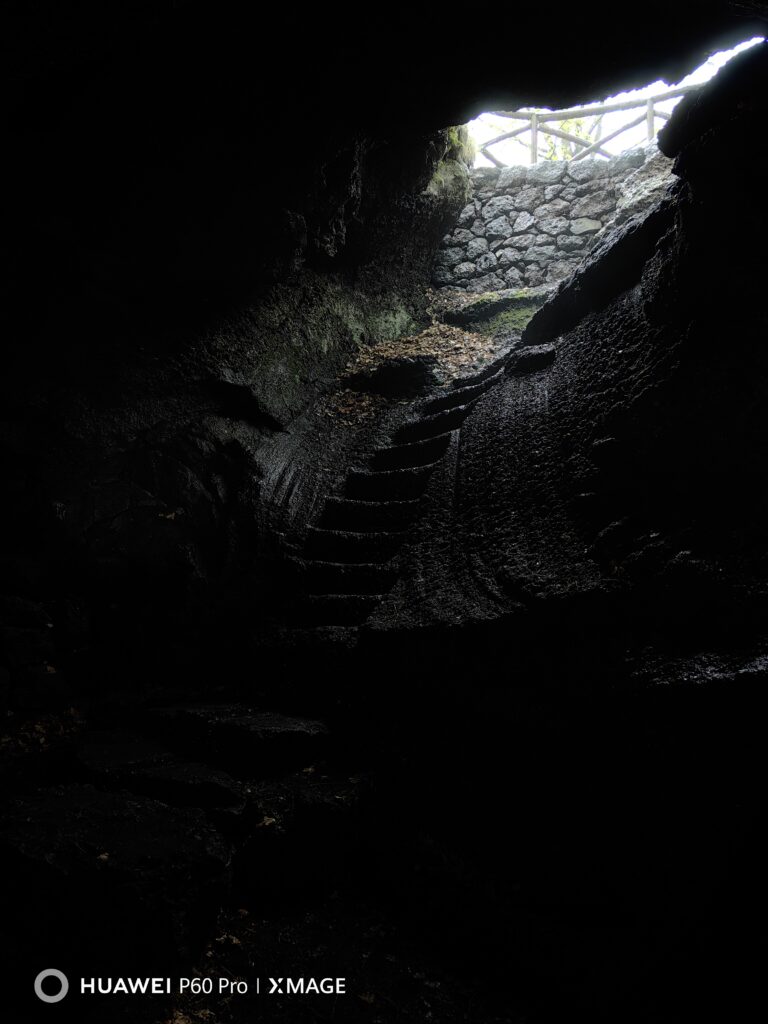
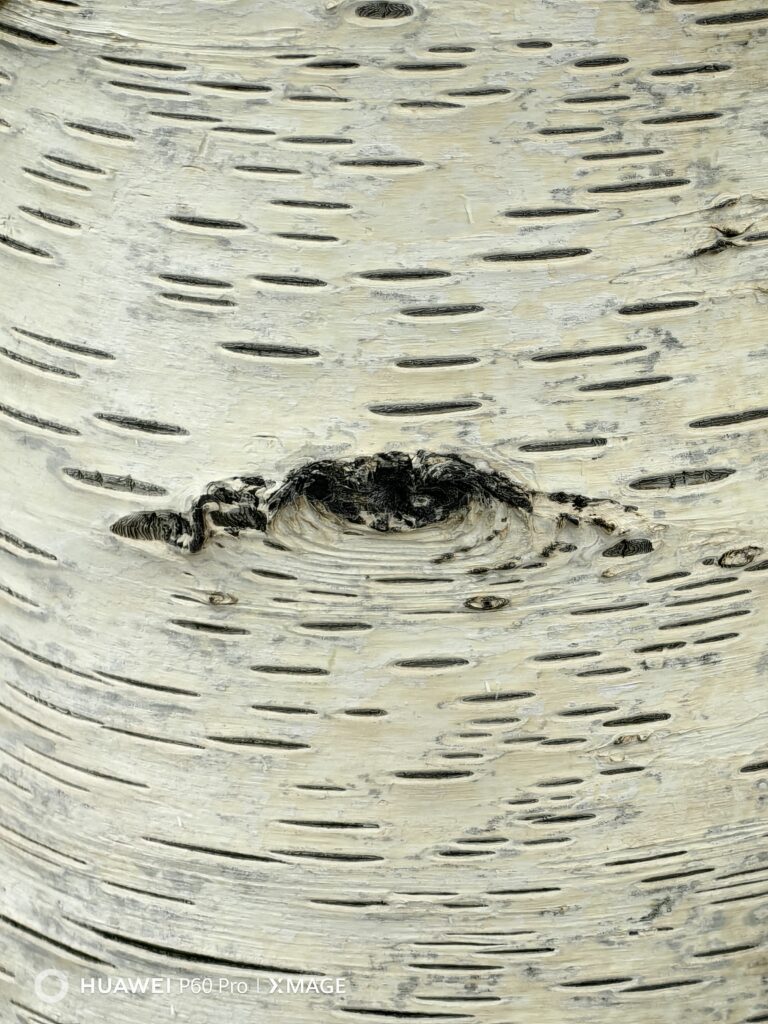
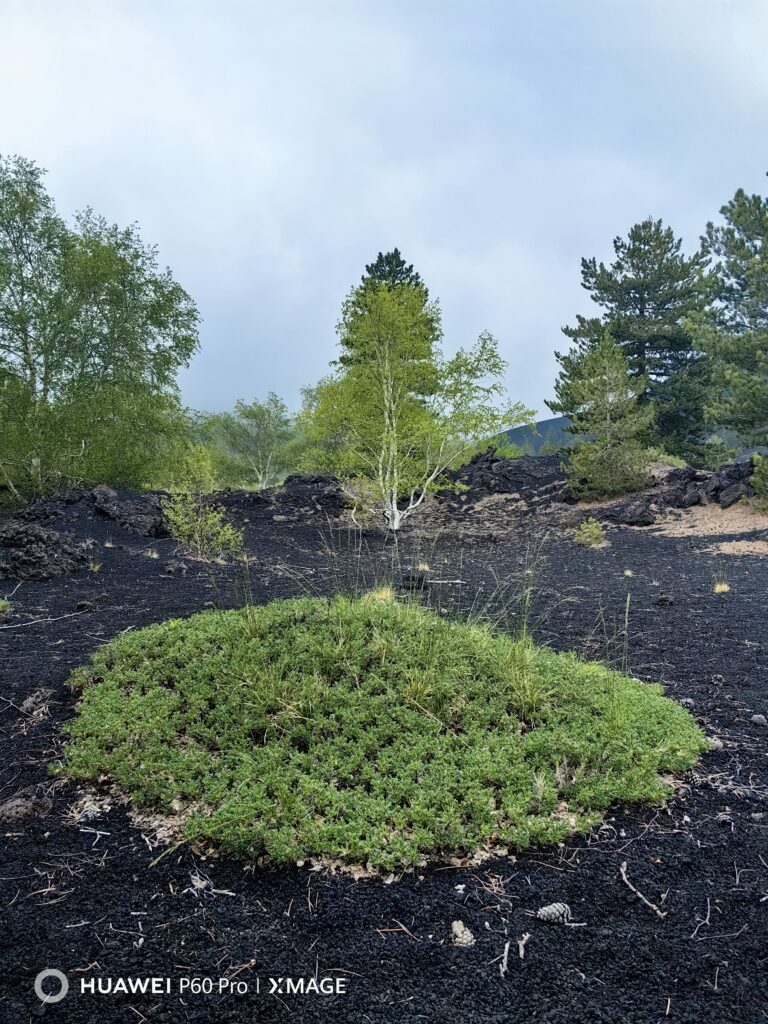
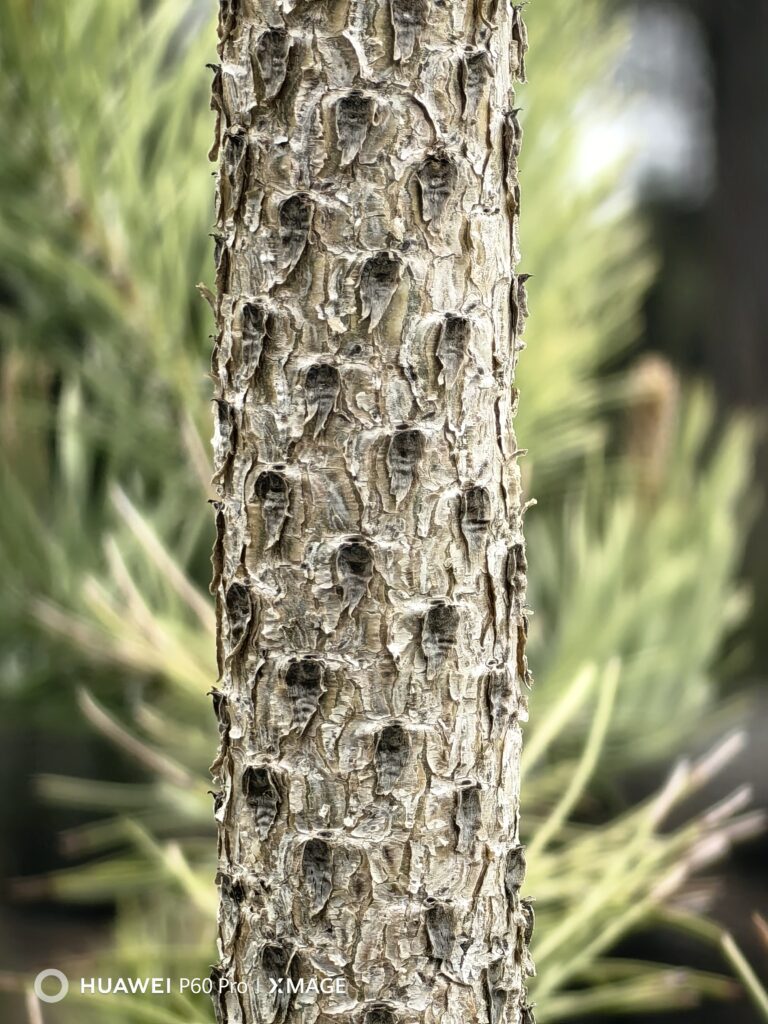
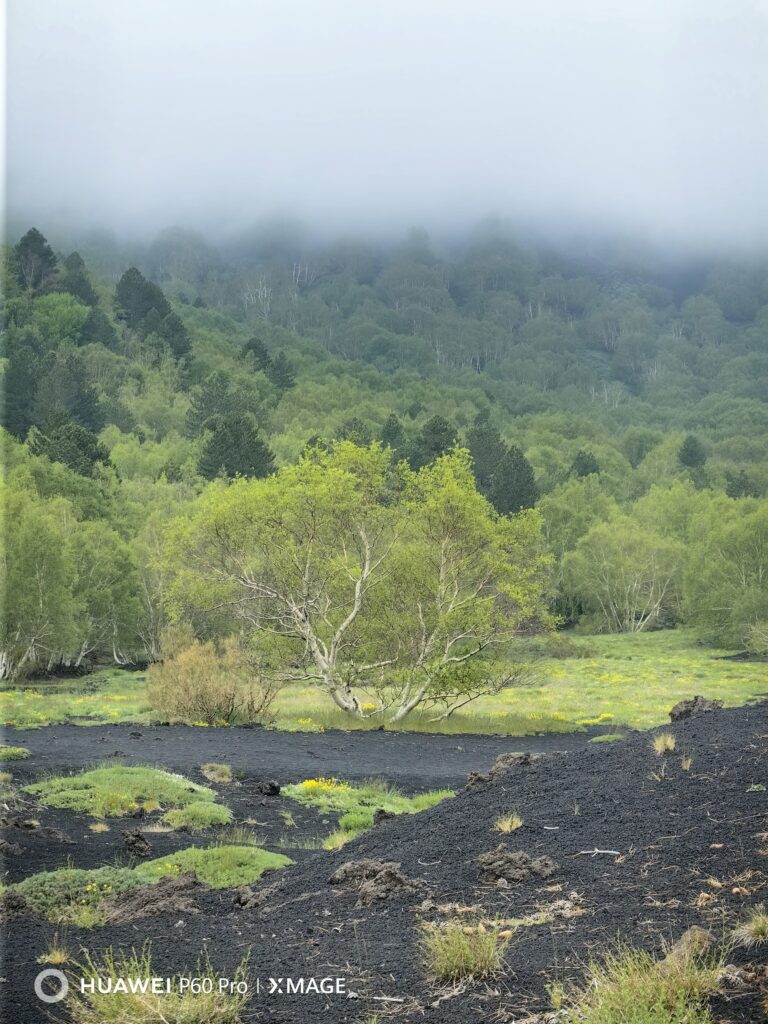
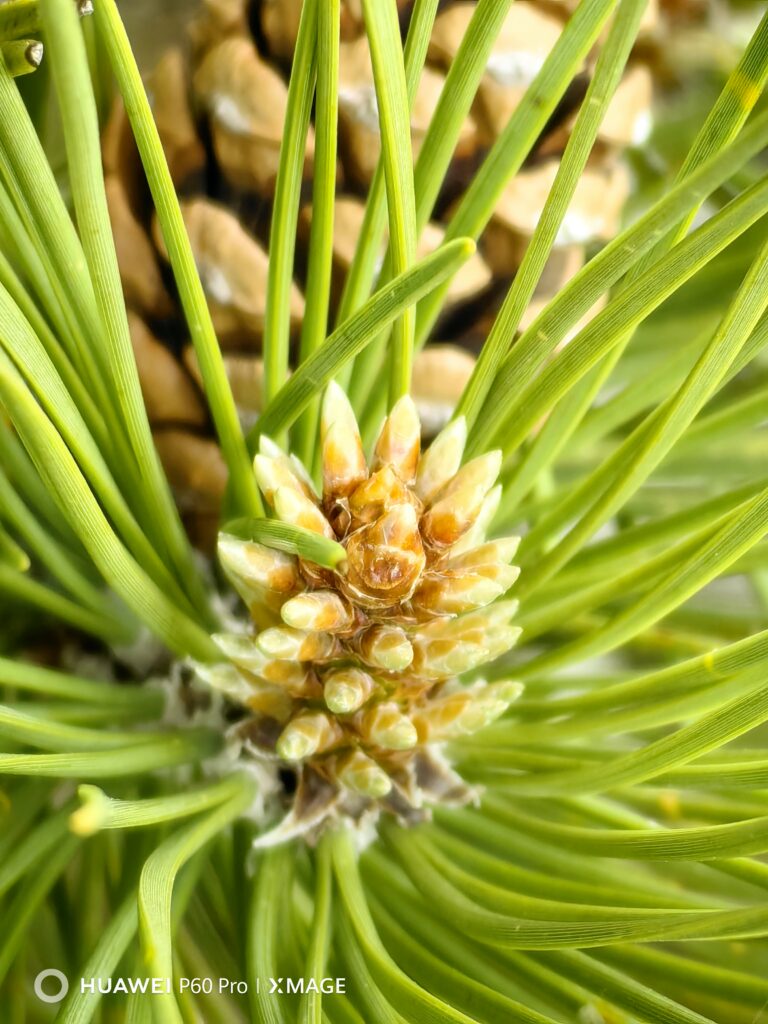

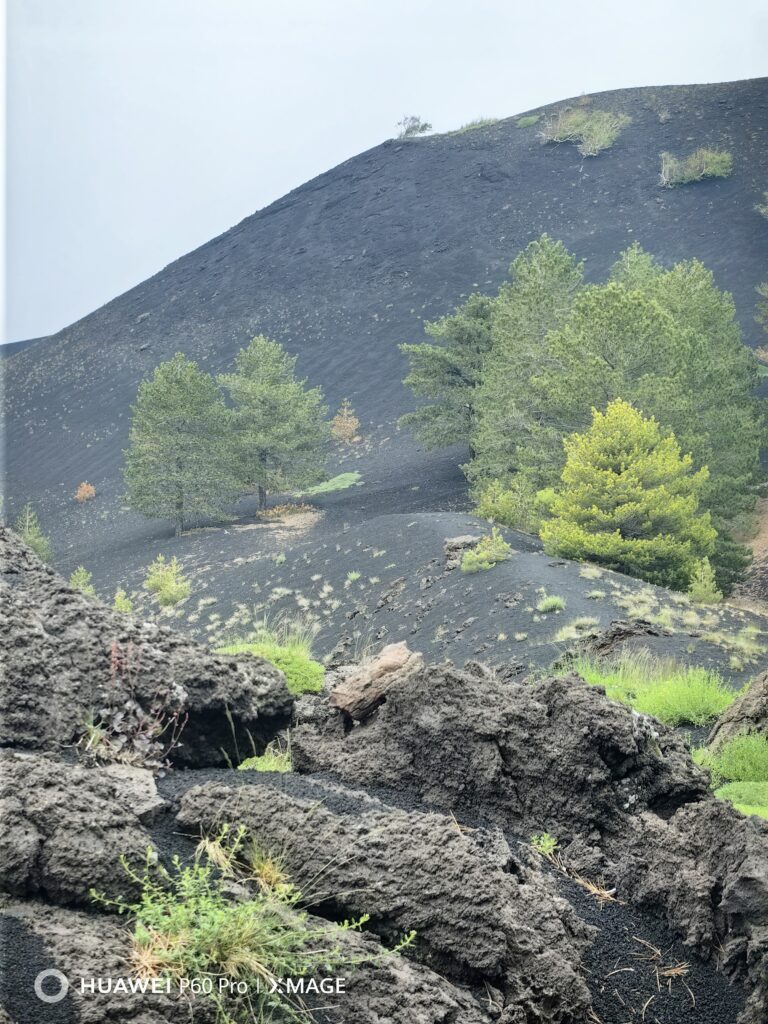
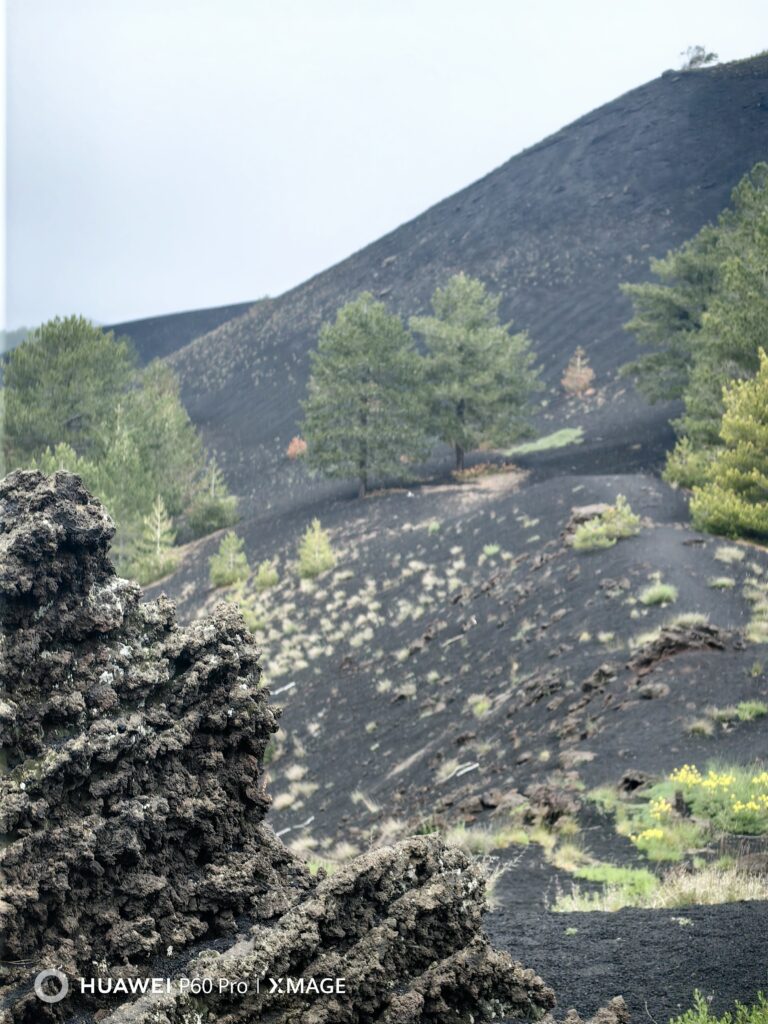

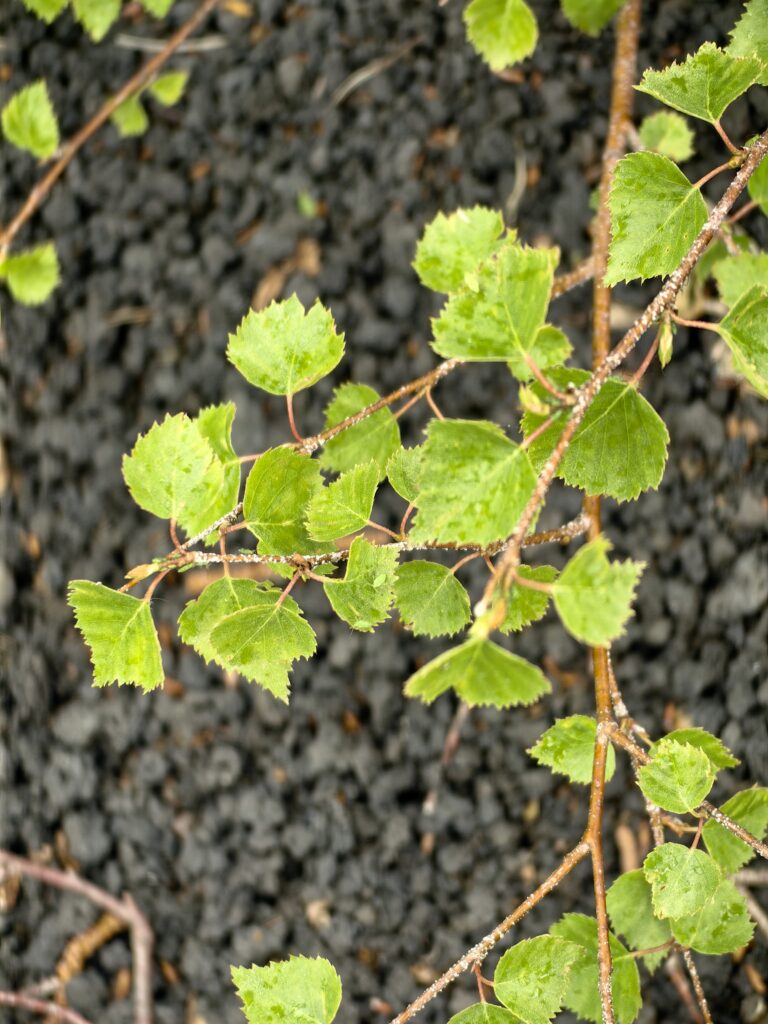
Strengths and weaknesses
In addition to the photographic set-up, the Huawei P60 Pro incorporates Kunlun Glass. This in-house developed protective glass promises to absorb bumps and drops, although it seems less effective against scratches. A 6.67-inch LTPO Oled display with IP68 certification, a 4815 mAh battery, 8GB of Ram, and 256GB of storage complete the profile of a smartphone that is excellent on the photo-video side but still penalised by the impossibility of using Google services, despite the growth of App Gallery, the digital store developed by Huawei, used by 580 million users every month and with 6 million registered developers.
The obligatory renunciation of Big G’s galaxy of apps is the most significant brake on the sale of a phone that costs so much, €1,199.90, not least because it relies on a slightly outdated processor, Qualcomm Snapdragon 8+ Gen 1, and does not have 5G. If, on the other hand, you are essentially looking for a smartphone with an excellent camera that is different from the others, the P60 Pro is ideal.
